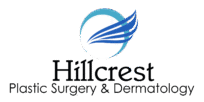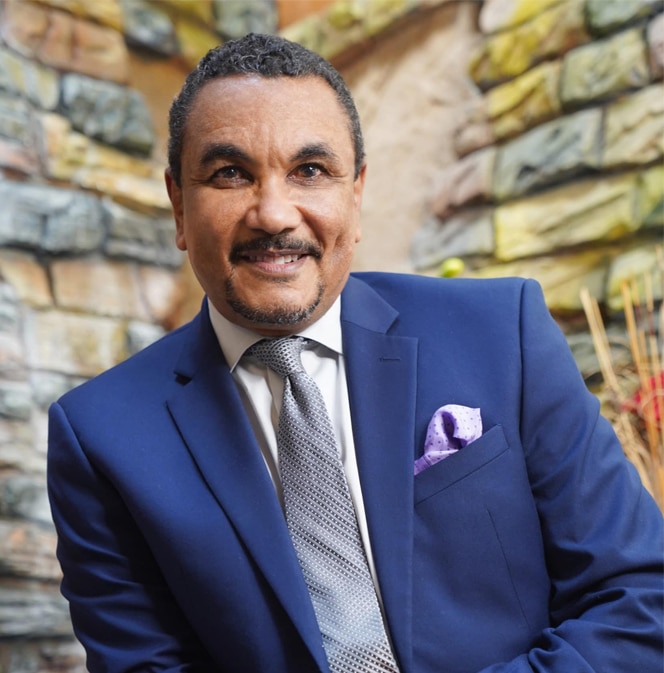
What is an Inverted Nipple?
Inverted nipples indent instead of protruding. Nipple inversion can occur in one or both breasts, and in men and women. Sometimes nipples indent as a reaction to changes in temperature or other types of stimulation. Permanent nipple inversion can cause embarrassment and self-esteem issues. If you are interested in procedures that can correct inverted nipples, the office of Dr. Kenrick Spence can explain your breast treatment options and provide the look you want.
Treatment for Inverted Nipples
There are surgical treatments available to repair inverted nipples. Once the degree of inversion and the likely effect on breastfeeding have been determined, treatment can be prescribed. There are three degrees of nipple inversion:
- First degree - Gentle pressing on the areola causes the nipple to rise and maintain shape.
- Second degree - While it’s possible to pull the nipple out, the extracted nipple will not retain the protrusion and will return to the indented position. This can cause difficulty with breastfeeding.
- Third degree - The inversion is more severe and requires surgery to cause permanent protrusion.
Surgery involves stretching the milk ducts or cutting them to relieve the tension around the nipple, allowing the nipple to protrude. During the procedure, small incisions are made at the base of the nipple under local anesthetic. The incisions will then be closed with stitches, and a protective dressing will be applied.
Patient Testimonial
"Just wanted to say thank you to all of you for all your care and personal assistance before, during and after my surgery on March 14th. The concern that you and your staff showed to not only me but to my family, was so much appreciated. May God continue to bless others in your medical profession, and I wish you all the best in the future." -YP
Schedule a Client Consultation in Orlando, FL
For more information, or to schedule your confidential consultation with Dr. Kenrick Spence, contact Hillcrest Plastic Surgery today by calling 407-999-2585 and speak to a member of our office team.



